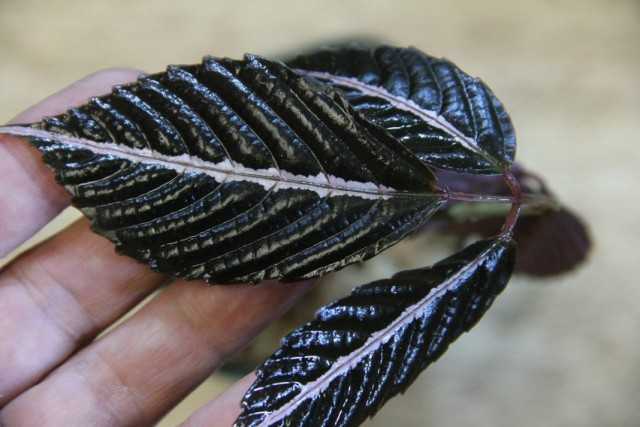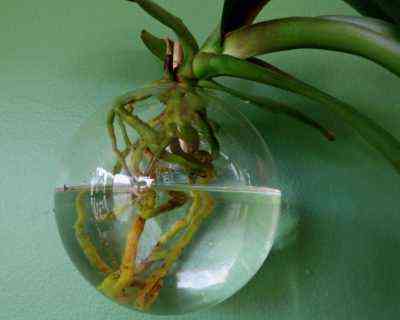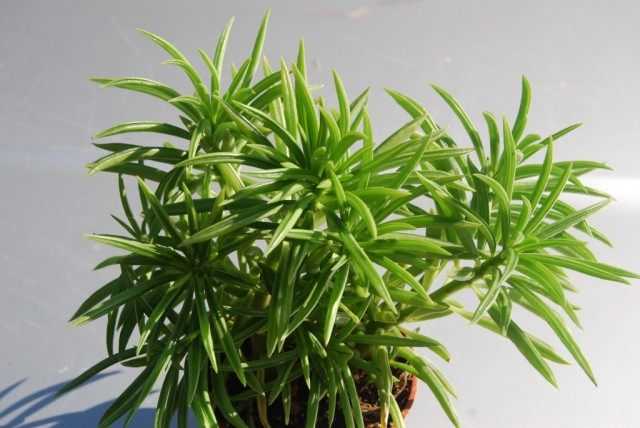Fighting plant diseases and pests with biological methods is my old dream. The worst enemy for me as an experienced grower is, of course, the spider mite, which greatly harms both seedlings and plants on the balcony. This ubiquitous pest overshadowed my joy of plant enthusiasm too much. Therefore, I was seriously puzzled by the search for alternative ways of dealing with spider mites. I will tell you how suitable predatory mites are in this article.
How I tried to beat a spider mite without chemistry
Contents:
Spider mite and my flowers
Due to the attacks of spider mites, I had to process my balcony flowers literally all summer every week. And this, firstly, is not so easy (each leaf has to be processed from both sides). Secondly, it is time consuming. And interaction with chemicals during the spraying process is also not something that contributes to maintaining good health.
The result of researching the experience of professionals and amateur flower growers for me was a discovery that gave me a lot of hope. It turned out that in professional greenhouses this unpleasant pest is fought not only with “chemistry”, but also with a “special detachment of special forces”, that is, another type of mites, the food of which is spiderweb mites.
Honestly, I was delighted with such prospects. After all, I imagined the ideal life of a flower grower, when most of the time I will admire the plants, and the most unpleasant work for me will be done by tiny “soldiers”. In this case, no participation on my part is required. I will only observe the positive results of this struggle. However, at that time, I still did not know much.
Read also our article Protecting seedlings from spider mites.
What predatory mites fight spider mites?
Most often, a predatory mite is used against a spider mite. Phytoseiulus persimilis (Phytoseiulus persimilis). The predator is very effective in reducing populations of spider mites and red spider mites, which damage fruit, ornamental and garden crops in open and closed ground. Currently, this mite is widely used in biological pest control.
Phytoseiulus persimilis is one of the oldest biological control agents. For the first time, this predatory mite was accidentally brought to Germany from Chile in 1958. Subsequently, he came from Germany to other countries. In the early 1960s, studies of this species were carried out in the UK, Holland, Canada and the United States.
Initial studies have demonstrated the ability of this predator to control spider mites on many plants, including cucumber, tomato, ornamental ivy, rose, beans, dahlia, strawberries, as well as indoor plants such as Dieffenbachia and Schefflera.
Fitoseyulus Persimilis is a small predatory mite (about 0,5 mm long) with a pear-shaped body and relatively long legs. Adults are orange to bright reddish orange in color. Predatory mites are slightly longer than spider mites and are rather fast moving. The eggs are oval in shape and are twice as large as the eggs of their opponent – the spider mite, the diameter of the egg is 0,33 mm. The developmental stages of a predator are similar to those of a spider mite: eggs-larvae-protonymph-deutonymph-adults.
Once mated, the female can lay eggs throughout her life. Adults can lay up to 60 eggs. The larva emerge from the egg within two or three days. And all phases of development from an egg to an adult in this tick, on average, occur in 7,45 days, which is about half the time required for the development of a spider mite in similar conditions.
During the larval stage, the predatory mite does not need food. Nymphs and adults feed on spider mites at all stages (ie, feed on eggs, “youth” and adults). Fitoseyulus Persimilis does not hibernate and remains active throughout the year. The predatory mite consumes 5 to 20 prey per day and is almost entirely dependent on spider mites (for food). As soon as their prey decreases, the number of predatory mite populations also decreases.
Usually, predatory mites are supplied in containers (usually in wide-necked vials) filled with sawdust or vermiculite, containing about 2 predatory mites. Store the vials horizontally in a dark place at temperatures from +000 ° C to +8 ° C. The maximum shelf life under these conditions is two days. Before use, the bottles must be slightly turned over and shaken, after which the contents must be applied to the leaves of the plants.
Other predators also used in the fight against spider mites: predatory mite Ambliseyulus Cuumeris (Amblyseius cucumeris), also effective against thrips, predatory mite Neoseiulus illusory and a predatory beetle Stetorus punctilium (Stethorus punctillum). These predators can be used in combination for better pest control during the season.
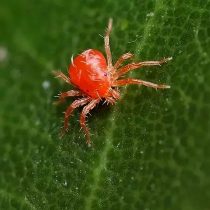
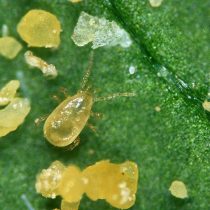

Gilles San Martin
Conditions for effective work of predatory mites
In search of such assistants, I found the only company of a similar profile in our city (remembering that predatory mites are unlikely to be able to reach me alive from long distances), and wrote to the manager. The sales representative of the company turned out to be quite open to dialogue and directly told me that he did not mind selling me a small batch of Fitoseyulus Persimilis tick (although they usually work with larger orders and cooperate with greenhouses).
At the same time, the manager honestly warned me about the conditions of keeping such “pets” and asked me to think carefully before buying whether I could satisfy all the requests of a predatory tick for its prosperity and waging a successful war against my “sworn enemies”.
And the conditions were as follows. The main and primary task is to create a high level of humidity for this predatory mite. Humidity less than 70% greatly complicates the further survival of ticks. According to biologists, moisture also affects the survival rate of predator eggs. So, at a temperature of +27 ° C and a relative humidity of 40%, only 7,5% of the eggs hatched, compared to 99,7% at the same temperature, but at 80% humidity. Relative humidity is also an important factor limiting the amount of prey eaten per predator.
Temperature is another important factor in keeping predatory mites. Temperature influences food intake, generation time, oviposition and lifespan of the Phytoseiulus persimilis tick. For example, at 75% relative humidity, the average consumption of spider mites by one phytoseilus female was 8,8 at + 17 ° C, compared to 13,5 at + 26 ° C. At the same time, the consumption of prey increases with decreasing humidity and increasing temperature. The same trend was observed with the eating of spider mite eggs. However, at a temperature of +35 ° C, the predator stops feeding.
In professional greenhouses, a predatory mite is introduced strictly at the right time and at the right stage of development, for which it is also necessary to clearly monitor the cycles of spider mites. Large farms usually breed phytoseiulus themselves and adjust their release to their spider mites, and their development cycles may not coincide with similar tick cycles for a particular grower, since they are dependent on many environmental conditions.
Read also our article Mites are herbivorous garden pests.

Why I gave up on this idea
Thus, before purchasing predatory mites, I thought about how realistic it would be for me to create such conditions in an ordinary city apartment. If there were no problems with the temperature required by the predators, which in fact was room temperature, then the humidity caused many questions.
Of course, it is not possible to live with a constant humidity in the room of more than 70%, moreover, things can deteriorate from this corny, the wallpaper can peel off. The only way to create moisture was to separate the windows with seedlings from the room with a film, where a household air humidifier was placed inside such an impromptu greenhouse. And yet, such structures in the apartment seemed to me very uncomfortable and unaesthetic.
Another problem, one way or another associated with ticks, is allergies, because some people have an allergic reaction to the skins of ticks remaining after molting and to their excrement. And if you add additional mites to the existing ones, then all this will increase the number of allergens in the apartment. And my child is allergic.
Therefore, after weighing well all the pros and cons, I came to the conclusion that I will not attract predatory mites to fight cobwebs. She turned her attention to modern preparations for ticks, which kill the pest at all stages of development, so spraying does not have to be done so often.
